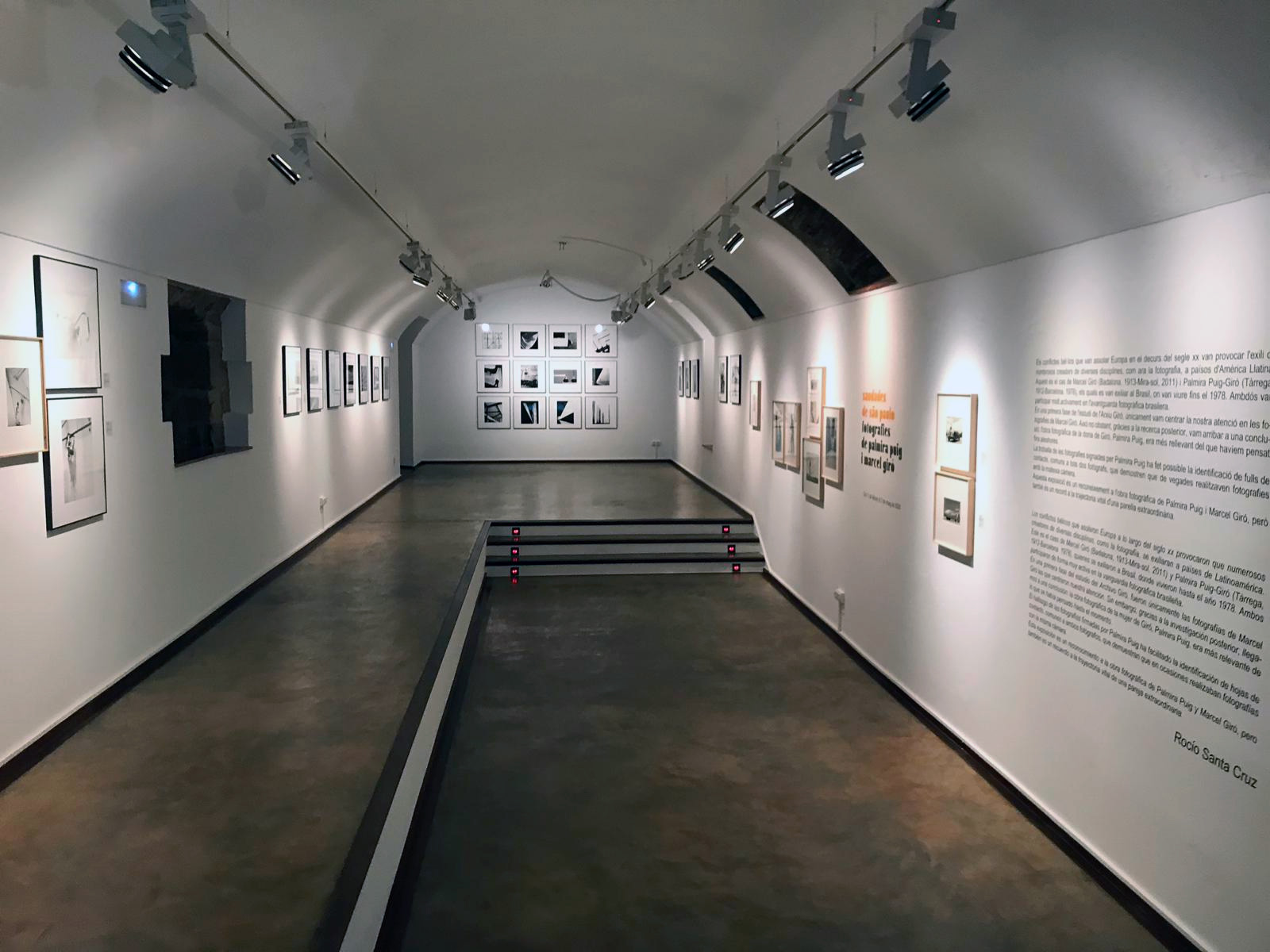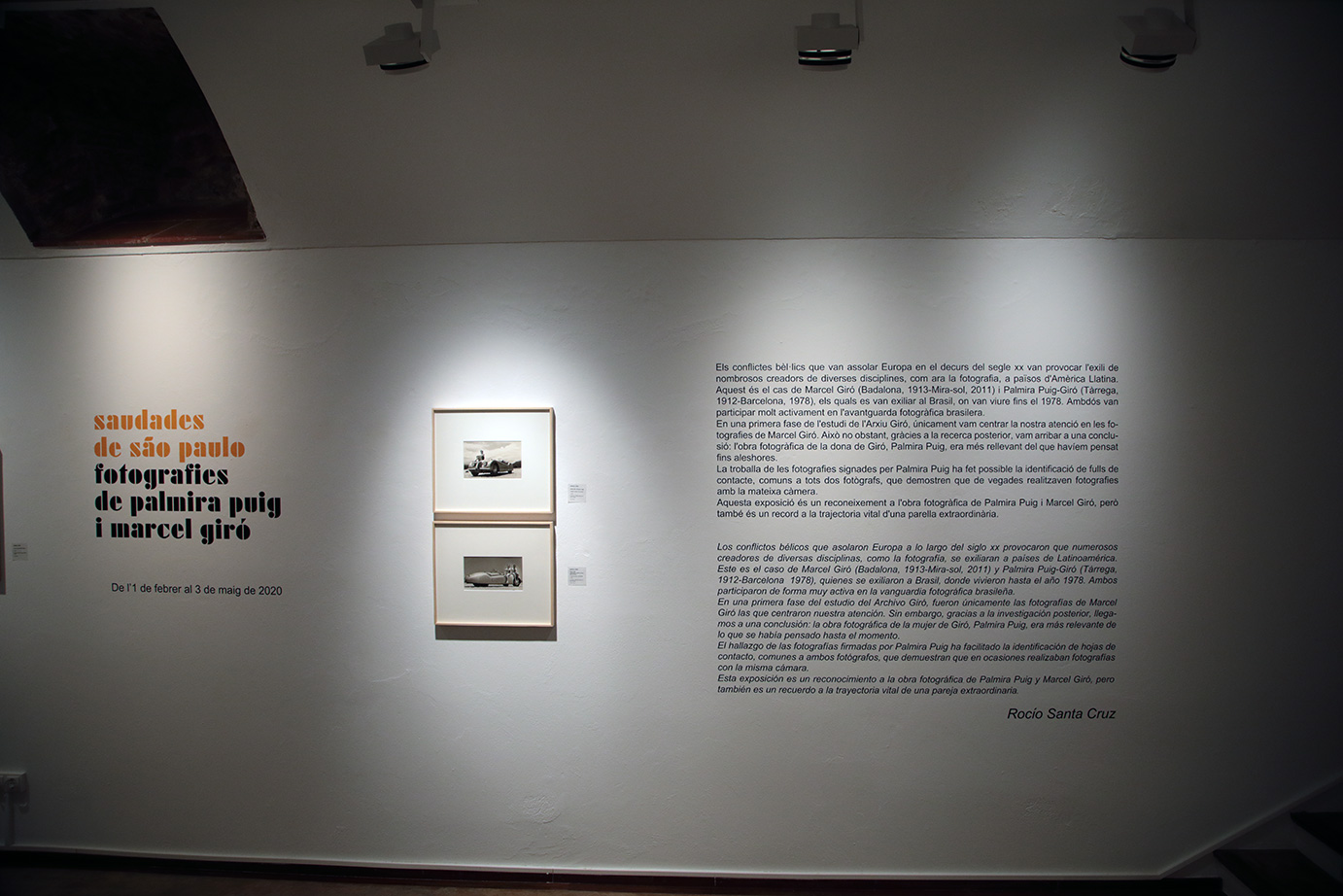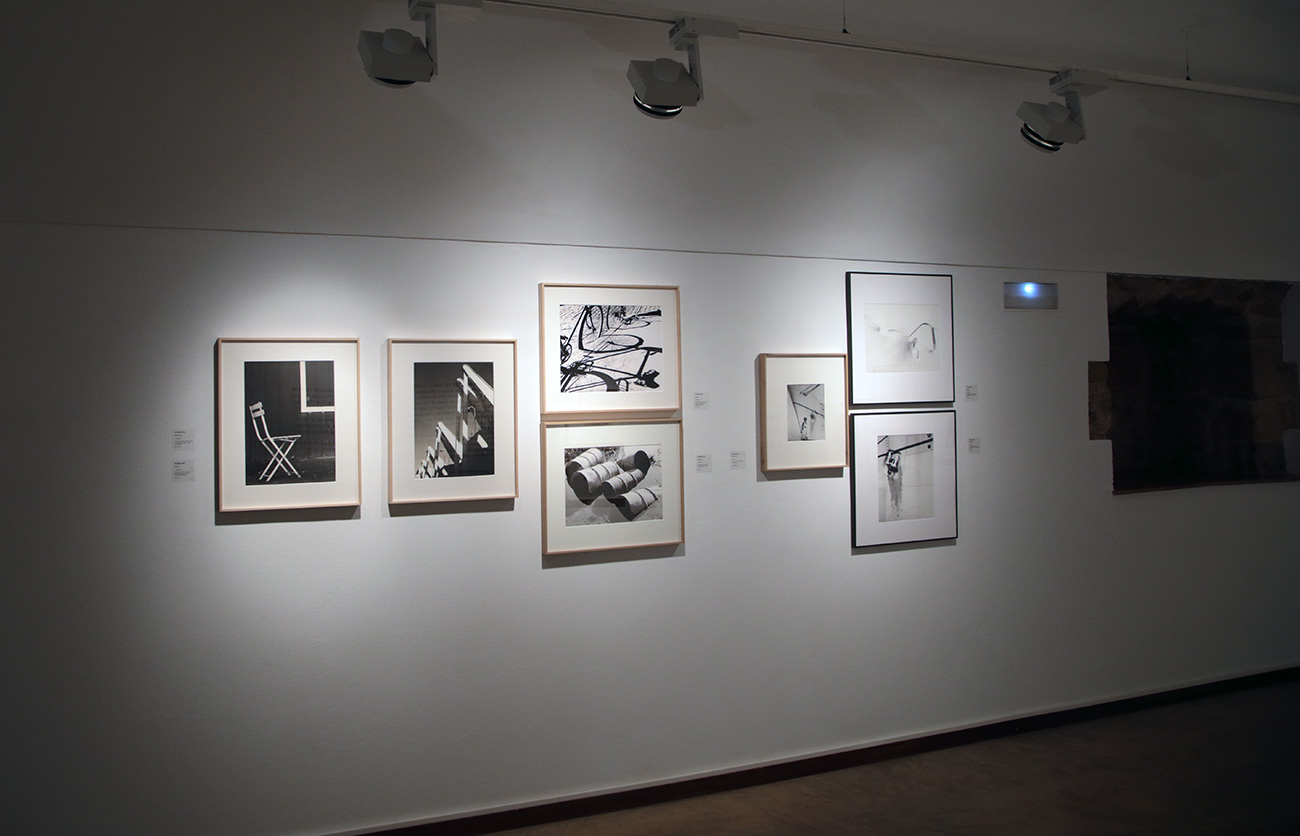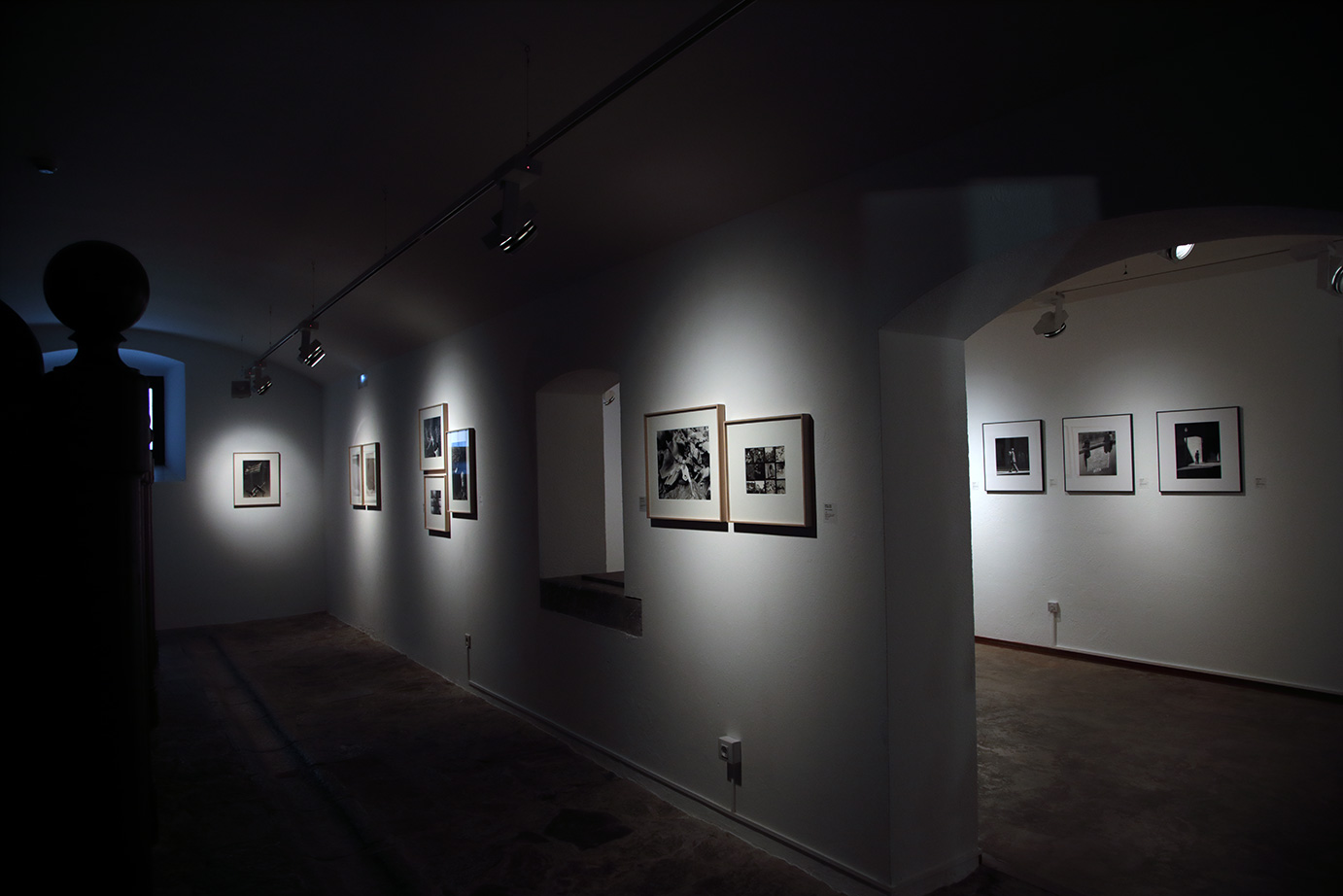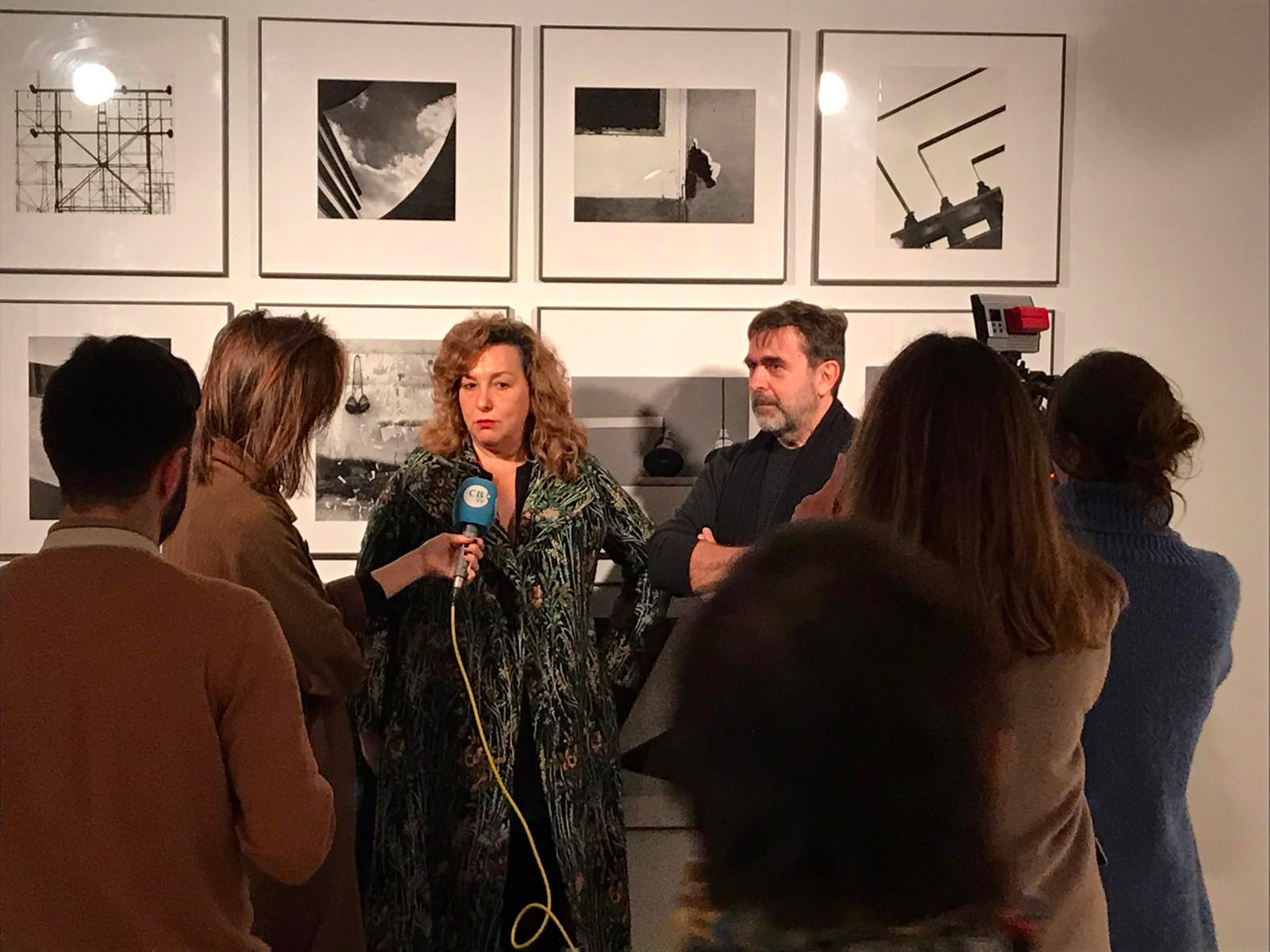Marcel Giró

Exhibitions
Palmira Puig i Marcel Giró - Saudades de São Paulo
Museu Palau Solterra - Fundació Vila Casas
Torroella de Montgrí. 02/02/2020 to 03/05/2020
Sometimes you make a find when you didn't mean to.Alexander Fleming
For almost six years, thanks to a chance circumstance involving the nephew of Marcel Giró, Toni Ricart Giró, and the gallerist Rocío Santa Cruz at the Paris Photo fair, it has been possible to delve more deeply into the photographic archive of Palmira Puig and Marcel Giró. The couple, who went into exile to Brazil shortly after the Civil War, were as passionate about photography as they were about each other. They were two individuals who were ahead of their time, while events confirm they were also brave visionaries.
From information that can be drawn from research, it was their philosophy of photography that drew the couple into pioneering avant-garde artistic circles in the 1950s and 1960s. Their genuine vision was characterised by a capacity to combine new conceptual and technical features while also focussing on aspects of a more delicate and sensitive nature, as inherent in poetry.
Marcel Giró (1913-2011) was born in Badalona in a family with ties to the textile sector. At a young age he was enthused by nature and became an experienced outdoorsman; when the Civil War broke out he fled to France, and from there went on to Colombia, where in 1942 he and Palmira were married in a proxy wedding; afterwards they decided to move together to Brazil.
Palmira Puig (1912-1978) belonged to a family of intellectuals from Tàrrega who suffered reprisals at the hands of the Franco regime at the end of the war due to their stance in favour of the Republic. The cultural ambience in the young woman’s home was favourable to the development of her refined artistic sensibility.
In 1978 Palmira Puig died from cancer in Barcelona, which led her husband to pull back from his creative photographic practice; he then chose to leave their residence in Brazil and resettle definitively in Catalonia, where he lived to the age of 99.
Saudades de São Paulo is an homage to the contribution of this couple to the mid-20th century photographic scene. From research into the photographic archive of Marcel Giró, various discoveries have been made, although the least expected and most satisfying involve the creative photography of Palmira Puig. Her contribution to their creative tandem was essential, while corresponding importance should be given to her own archive, with its personal and highly independent style.
During the period they were there, Latin America took in various creators who were fleeing from war in Europe. The adventure of Giró and Puig was one of so many others. When they arrived in São Paulo they found an expanding modern city providing unlimited opportunities for transformation, where the urban visage was both contradictory and charming. It was an ideal scenario for taking pictures.
In this context, photography was also undergoing changes in its search for a language of its own, something both different and modern. It sought to disconnect itself from a merely representative function of exterior reality, seeking associations with freer, more creative language while experimenting with photographic resources. This movement, which we know as modern photography, took place in Latin America at the same time it was going on in various countries around the world, such as Japan, Germany and Sweden, amongst others.
In Brazil, the pioneering movement in this regard was the Escola Paulista, created under the auspices of the Foto Cine Club Bandeirante, a group founded in 1939 by national and international photographers, filmmakers and artists. Giró joined the group first, becoming one of its leading members. Palmira Puig was admitted later, in 1956, and would be one of the few women to participate actively in this experimental organisation. The 1950s was a highly important period for the couple, who in 1953 came to found a prestigious and highly respected agency dedicated advertising photography.
Giró’s creative style is characterised by an ambiguity between figuration and abstraction, in many cases in the search for new forms, altering perspectives, contrasting light and shadow to extremes, strengthening geometry, treating photography as an art, always in the quest for new languages, while never losing his sense of poetry. Puig’s images are experimentations as well, exploring still lifes, portraits, landscapes and the human figure. Her images draw us nearer to the daily reality of sites in transformation.
The title Saudades de São Paulo looks to embrace that sense of nostalgia that might overwhelm us when it becomes clear that the world is in constant transformation, constituted as a diversity of shared sites, estranged from the permanence of things.
Perhaps this is what the couple sensed in the complex comings and goings of their beloved Brazilian city.
Torroella de Montgrí. 02/02/2020 to 03/05/2020
